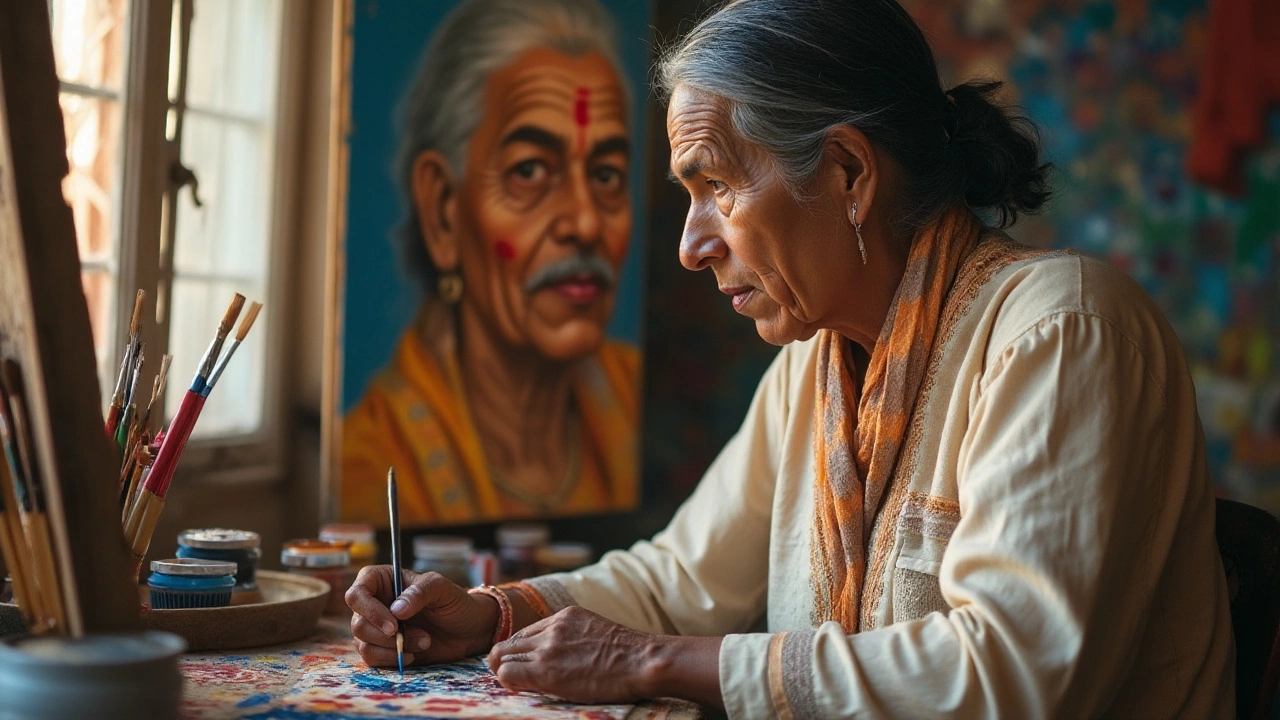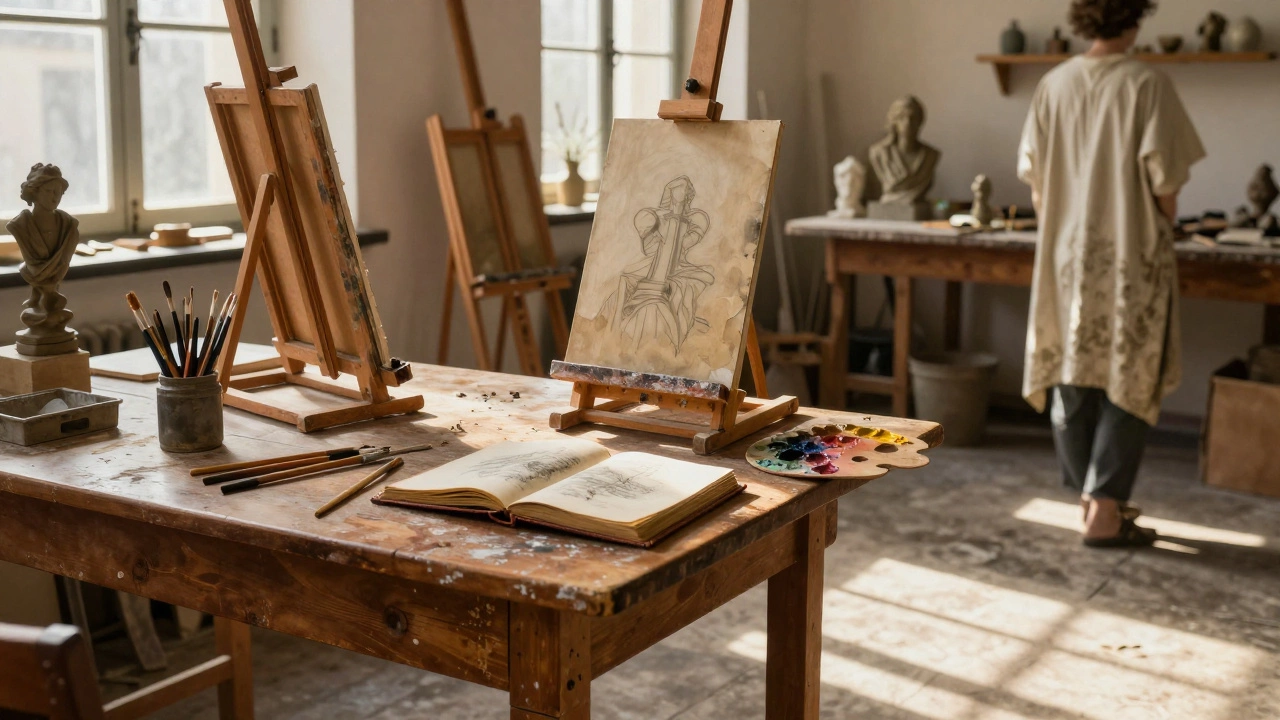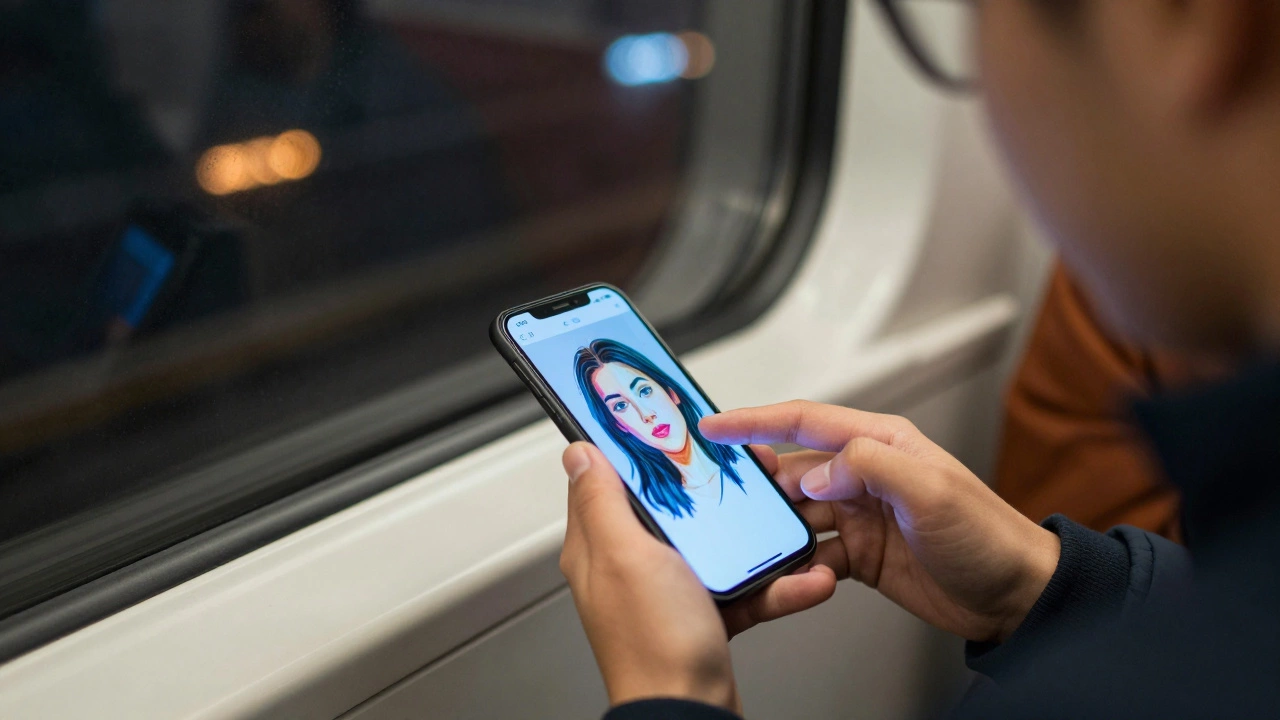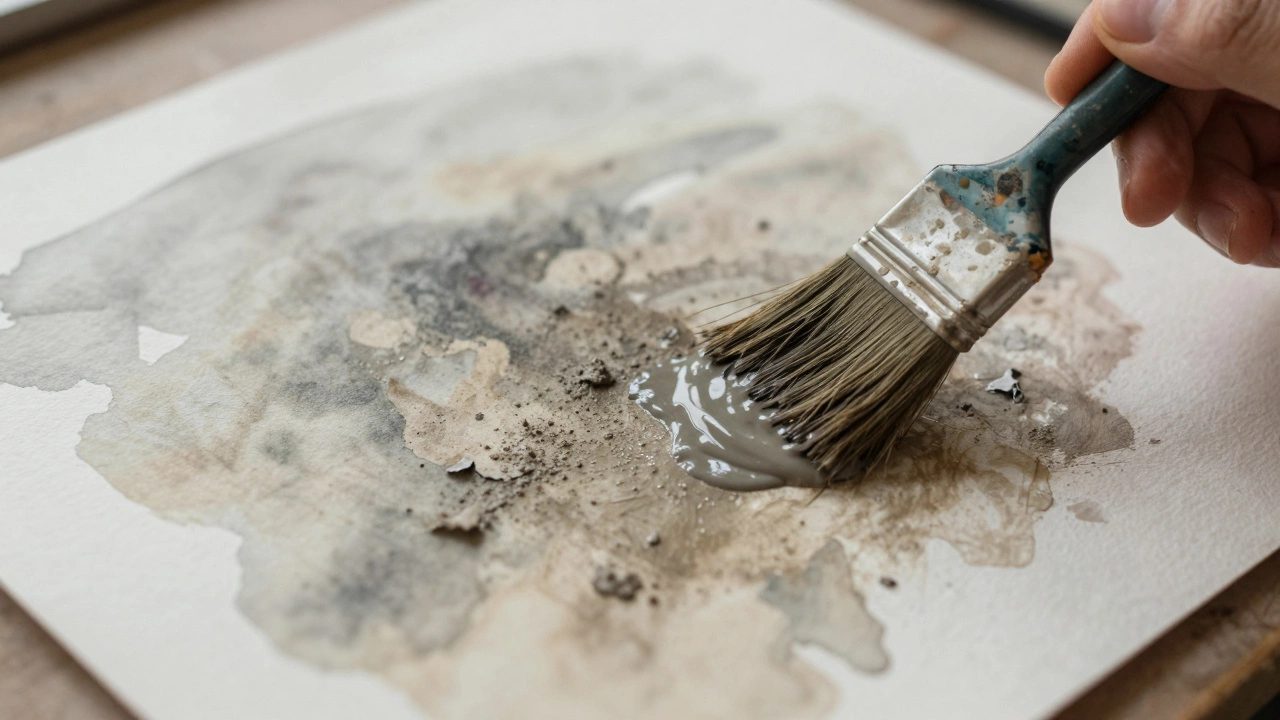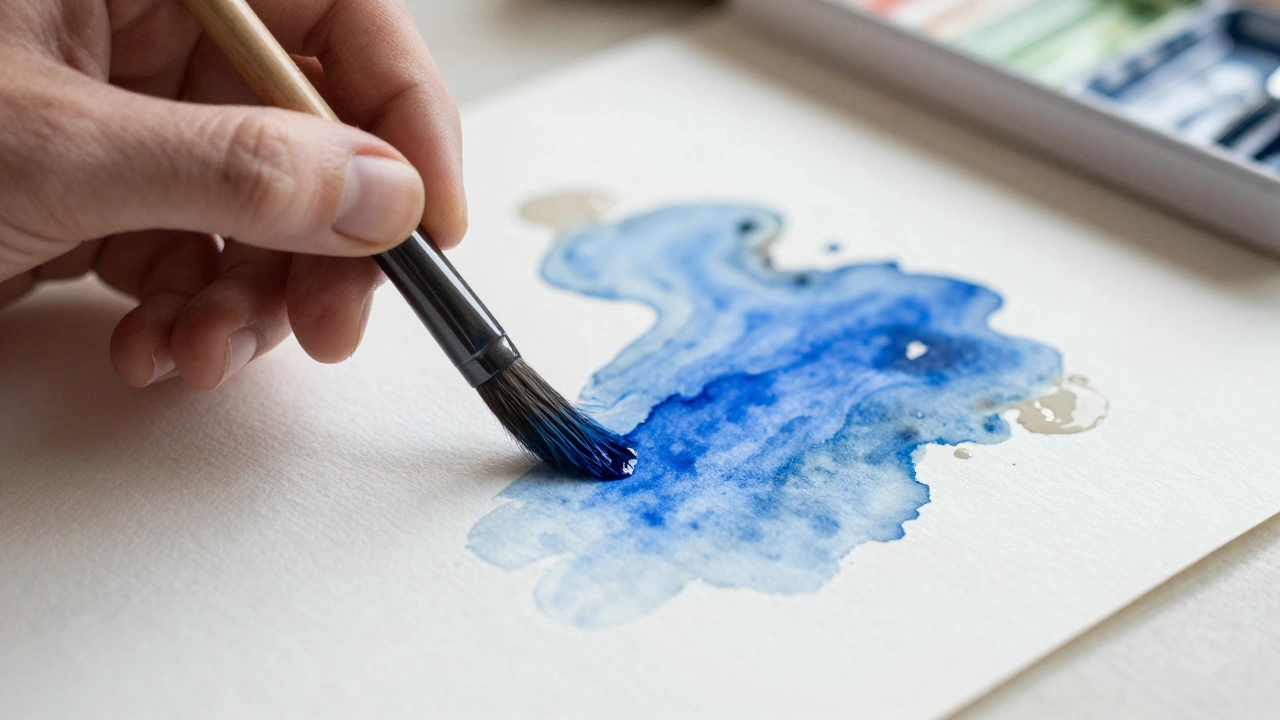Painting a portrait is a journey that involves much more than simply applying colors to a canvas. For those who are curious about how long it takes to complete such an artwork, the answer can be quite varied. Each portrait is unique, much like the intricate steps involved in its creation.
Various factors play a crucial role in determining the time taken, such as the choice of medium, the complexity of the sitter's features, and an artist's fluency with brushes or pencils. From a few hours to several weeks, the timeline can really stretch depending on these elements and more.
As you dive into this profound world, journey through the insights shared here to understand the dynamics around the artistry of portrait painting. Whether you're an aspiring artist or simply an enthusiast, the secrets to capturing the essence of a subject await.
- Factors Influencing Time to Complete a Portrait
- Medium and Techniques
- The Role of Experience
- Estimating Your Painting Time
- Balancing Patience with Productivity
Factors Influencing Time to Complete a Portrait
The fascinating journey of creating a portrait is determined by a myriad of factors, each playing a significant role in the time an artist invests. One major consideration is the choice of medium. A pencil sketch, characterized by its monochromatic simplicity, may take only a fraction of the time compared to an oil painting, which is rich with layers and complex colors. Oil paintings require drying periods between layers, adding to the completion time. Watercolors, although not as demanding in terms of layering, can be unpredictable and often require multiple attempts for perfection, impacting the time significantly.
Another factor is the complexity of the subject itself. Portraits of individuals with unique features or intricate costumes demand meticulous attention to detail. Artists must capture the essence and personality of their subjects, whether it's the subtle curve of a smile or the depth of a gaze. These nuances require time-consuming observations and a dedicated effort to bring them to life on the canvas. In a conversation with renowned portrait artist Paul Innis, it was noted, “Capturing the soul of a person might seem as elusive as capturing wind, but with patience, the image starts speaking for itself.” Such dedication inevitably affects the time required for completion.
One must also consider the artist's own experience and expertise. An experienced artist may have honed their skills to quickly capture the anatomy and emotion of their subjects with fewer brushstrokes, while those relatively new to the craft might need more hours to achieve a similar level of precision and expressiveness. This aspect of learning by doing not only involves time but also experimentation and an eventual improvement in the efficiency of the work process. Equally, the level of perfection an artist strives for can either hasten or stretch the timeline. Some believe in the saying, “Art is never finished, only abandoned.”
Alongside these influences are external factors like working conditions and even the mood of the artist. Factors such as lighting, ambient noise, and available resources can all play a part in the time dedicated to crafting a portrait. Mood and state of mind can either slow down the creative process or accelerate it. An artist might find inspiration at the break of dawn, whereas another finds night-time most conducive to capturing the true visage of their subject. Such intrinsic and extrinsic influences make the art of portrait painting a highly personalized endeavor.
The artist's journey is marked not just by the strokes of a brush but by the rhythm of their own heartbeat—a dance between creativity and patience.
Interestingly, studies show that artists who set specific blocks of time for creating tend to be more productive, as regularly structured creativity aligns with the brain's natural rhythms. A general observation among artists is a preference for working in segments ranging from two to four hours, interspersed with breaks to rest the eyes and refresh the mind. This segmented approach to a project can not only influence the quality but also significantly alter the perceived time to completion, adding yet another layer to the dynamic process of portrait-making.
Medium and Techniques
When embarking on the artistry of portrait painting, the medium you choose can significantly impact both the final piece and the time it takes to complete it. Different media, like oils, acrylics, watercolors, or pastels, offer diverse possibilities and challenges. Oil paints, for instance, are a timeless favorite for many artists because of their rich texture and vibrant hues. Their slow drying time, however, means artists can spend days, or even weeks, to lovingly perfect a portrait, allowing for more profound blending and layering of colors throughout the process.
Acrylics, on the other hand, dry quickly, encouraging a faster completion of artwork which could be ideal for those who aim for vibrant, bold strokes and are adept at rapid techniques. The swift drying time can also be a constraint for those who prefer a slower-paced creative process. Yet, the versatility of acrylics, with easy dilution for watercolor effects or thick application for textures, makes them a beloved choice for many modern artists. As artist Bob Ross famously quipped,
"We don't make mistakes, just happy little accidents."
Watercolors, appreciated for their ethereal transparency, require a deft and agile hand, as mistakes are often not easily corrected. This medium demands precision and careful planning, pushing the duration of the painting process to depend heavily on the artist's skill level. Pastels merge elements of drawing and painting, allowing for detailed work and expressive color application with less drying time, offering yet another unique approach. Understanding the properties of each medium and aligning them with your desired expression in art creation time can lead to better planning and execution of your artwork.
Techniques are as varied as the artists themselves, ranging from classical realism to abstract expressionism, each with its own timeline and demands. Realism may require layers upon layers of intricate details, where every brushstroke counts, prolonging the process. An abstract style might focus on the emotion conveyed through color and form, potentially leading to a more spontaneous, rapid creation. Other techniques like glazing, scumbling, or impasto can add texture and depth, but also extend the time considerably. Understanding these techniques and choosing the right one based on your subject can help you estimate your painting process more effectively.
Interestingly, a survey by the Arts Foundation revealed that around 60% of artists spend between 15-30 hours on a single portrait, reflecting the dedication to capturing the essence of a subject holistically. Whether you start with a charcoal sketch or dive directly with a brush, the key lies in experimenting with and mastering these nuanced techniques to find what suits your style and subject matter best, balancing your creativity with productivity.
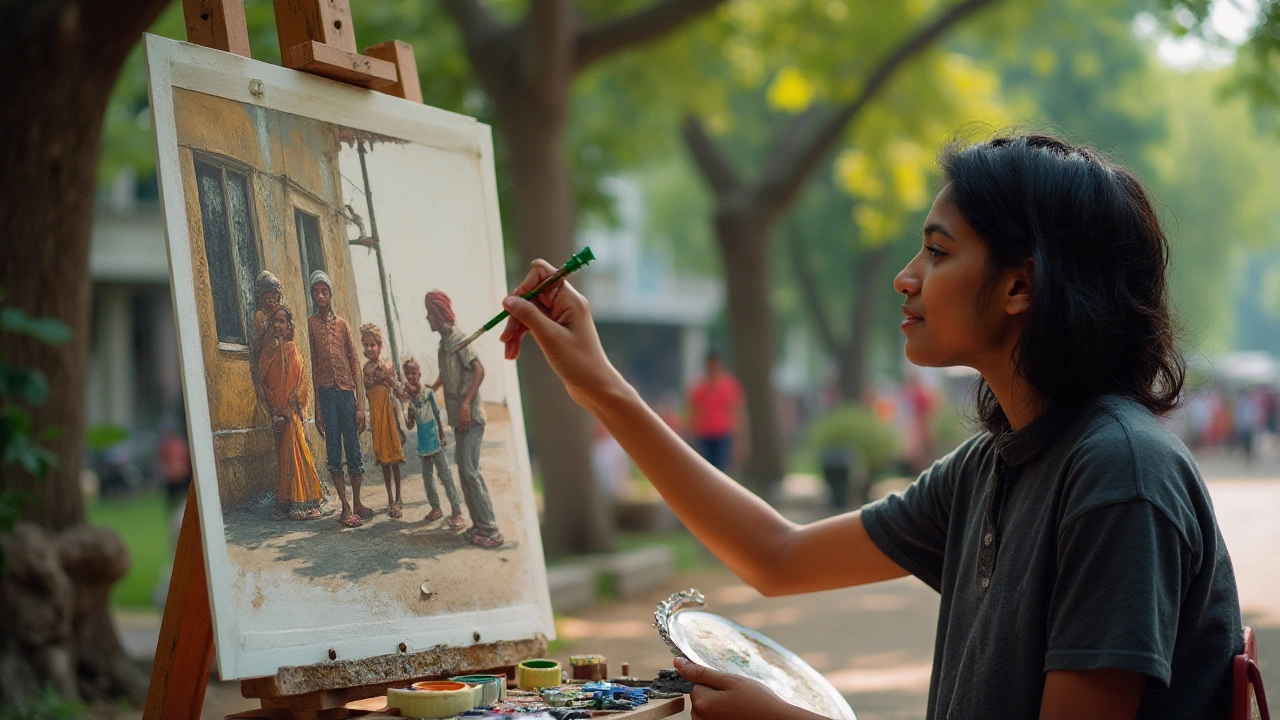
The Role of Experience
The significance of experience in portrait painting cannot be understated, as it greatly influences the efficiency and effectiveness with which an artist can bring a subject to life on canvas. Seasoned artists are often able to anticipate challenges and adjust their techniques accordingly, leveraging a deep well of knowledge acquired over years, if not decades. This honed skillset allows them not only to produce art more swiftly but also to infuse their work with a depth and vibrancy that less experienced artists might struggle to achieve. The familiarity with different mediums, such as oils, acrylics, or watercolors, enables them to choose the most appropriate one to execute their vision precisely. The expertise they possess means they can navigate the various difficulties that arise during the painting process, from mastering the nuances of light and shadow to achieving skin tones that appear realistic and captivating.
An experienced artist, over time, develops an intuitive understanding of their subject, enabling a translation of both form and emotion onto the canvas. This cultivated intuition helps them to capture the essence of their sitter, moving beyond what is simply visual, toward what feels profoundly real. During the learning journey, artists accumulate practical techniques that contribute to swifter progress; they know when to be bold with their brushstrokes and when to exercise restraint. Exploring the role of intuition in this art form is an effective method for learners to progress quickly in developing their own unique style. Beginners may need to dedicate additional hours to experimentation and refining their process, while experienced artists have developed shortcuts and strategies that streamline their work without compromising quality.
"Experience is simply the name we give our mistakes." - Oscar Wilde
Notable portrait artists like John Singer Sargent, famed for his seemingly effortless depictions, have often stressed the importance of learning from every piece created. With experience, an artist learns how to efficiently manage time, ensuring that each brushstroke counts toward a coherent and striking portrait. For aspiring artists, understanding that each completed portrait is a stepping stone toward mastery can serve as motivation to continue painting. Developing the ability to decode the personality hidden beneath the surface requires both time and patience, and experienced artists channel their past learnings into producing captivating works.
Experience in Diverse Techniques
The myriad of techniques used in art creation also significantly affects the painting process, as an experienced artist can skillfully navigate between abstract precision and expressive liberation. Whether utilizing glazing to create depth or employing alla prima techniques for a more spontaneous feel, such variety enables experienced painters to play with textures and contrasts, enhancing the overall dynamism of their work. Visually compelling details, like the sheen of light on a brow or the unfocusing features that lend a dreamlike air, are more often seen in the works of those who have painted numerous portraits, due to their confidence and acquired artistic instincts. These cumulative qualities allow art to speak volumes beyond its visual representation, communicating emotions in a way that resonates deeply with viewers, leaving a lasting impression.
Though experience does eventually groom an artist to complete works more swiftly, it also cultivates an appreciation for the effort involved in perfecting the smallest details that might otherwise be overlooked. To reach such a level of craftsmanship, artists should remain diligent in their practice, accepting that the path to mastery involves constant evolution and refinement. Each piece produced, whether a triumph or a learning opportunity, counts toward the artist's journey, and patience in this artistic endeavor is always rewarded.
Estimating Your Painting Time
When it comes to gauging how many hours it will take to complete a portrait painting, there are numerous elements to take into consideration. It's an intriguing process much like solving a puzzle, as it involves a certain level of intuition and experience. One of the core determinants is the size of the canvas or panel. Larger surfaces naturally demand more time due to the sheer volume of work required—think of a 24x36 inch portrait potentially consuming significantly more hours than a compact 8x10 inch piece.
However, size isn't the sole determining factor. The artist's preferred medium plays a significant role. Oil paints, for instance, require ample drying time between layers, extending the total project duration. Meanwhile, acrylics dry quickly but may necessitate more immediate attention to detail, causing artists to linger over specific areas. Not everything is contingent on the technical side; a subject's intricacy also impacts the timeline. A detailed portrait requiring nuanced skin tones, delicate fabric patterns, or intricate backgrounds surely demands more attention, intuitively lengthening the project scope.
Oftentimes, estimating time also involves reflecting on the artist's own experience level. A seasoned painter might complete a session with greater efficiency, having honed techniques over years. Conversely, a beginner might approach their first portrait with requisite caution, stretching the time required to complete each phase.
"An artist is not paid for his labor but for his vision," as the noted painter James Whistler once said. Yet vision must be balanced with realism when planning the time commitment for each piece.Thus, artists can use this to measure the balance between time spent and the desired intricacy of the work. There's a palpable value in understating the rhythm of one's work, an art in itself which complements the physical act of painting.
For those still developing their artistic rhythm, a helpful approach is to create a schedule that includes predetermined painting sessions. Begin by tracking the number of hours dedicated to key phases, such as sketching, underpainting, and detailing. Accuracy improves with each creation, allowing painters to better predict future timelines. Here is an example of how one might structure the phases of painting:
- Initial Sketch: Allocate approximately one session of 2-3 hours.
- Underpainting: Dedicate 3-4 sessions, 2 hours each, allowing for drying time as needed.
- Detailing: Spend around 5-6 sessions focusing on each area, which could total 15 hours.
- Final Touches: Reserve 2-4 hours for final evaluations and adjustments.
So, whether you are sitting down for an afternoon with brushes, or envisioning a more elaborate project spanning weeks, understanding your typical pace—combined with a realistic view of time needs across these phases—enables a painter to set both tangible goals and creative possibilities. This balance of structure and freedom permits a thriving artistic process, transforming a simple estimate into a meaningful journey of creation.
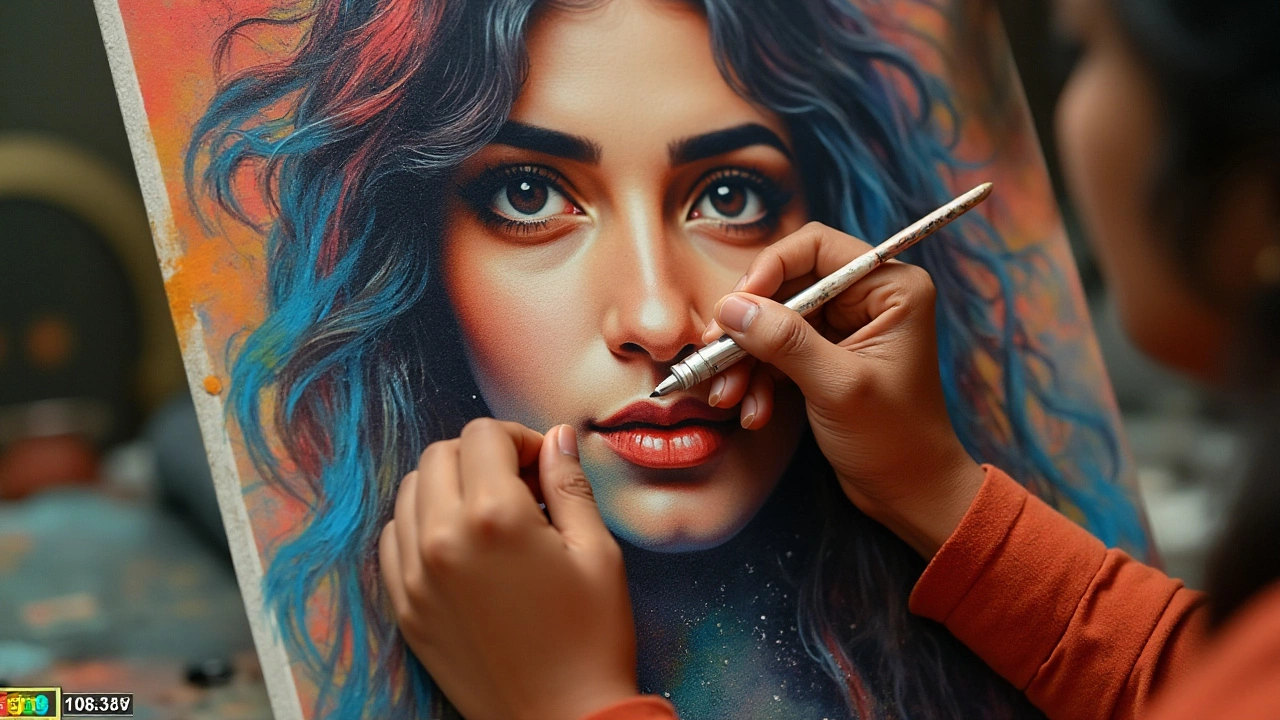
Balancing Patience with Productivity
In the pursuit of portrait painting, knowing how to balance patience with productivity is an art in itself. This delicate balance is pivotal in ensuring that an artist doesn't rush through the creation process, as that could compromise the quality and emotional depth of the painting. Being patient allows you to deeply observe the nuances of the subject's personality and features, which is crucial when trying to capture their essence on canvas. Patience is not about working slowly but about allowing yourself the mental space to think and create with precision and intuition.
On the other hand, productivity must not be sacrificed under the guise of patience. Artists can benefit from setting realistic goals and timelines, which help maintain focus and drive. Structuring your work into manageable sections, like dedicating specific hours or days to different aspects of the portrait such as sketching, underpainting, or detailing, can facilitate a more productive work flow. Balancing time is also about knowing when a painting needs a break – a fresh perspective often arises from moments of rest. This is when creativity can truly flourish.
Tips for Finding Balance
Here's where the art meets science: developing a working schedule that respects both the intricacy of the portrait and your personal pace is key. Begin by evaluating how much time you usually spend on your artwork. Then, consider ways to optimize your creative process. This can be practiced by setting time-limits or engaging in exercises that improve your efficiency, like quick sketching. Match your goals with rewards to keep motivated, whether it’s a comforting cup of tea with your cat Luna, or revisiting your day’s work the next morning with clarity.
Indeed, as the famous artist Leonardo da Vinci once said,
"Art is never finished, only abandoned."This words of wisdom echo the need for knowing when to cease; that conscious pause isn't a brake but a moment of reflection. Even when you grow tired or doubtful, sometimes stepping away helps reveal the hidden threads of your narrative. The accumulation of experience breeds intuition, guiding the artist on when to invest more time or when a piece authentically represents the intended vision.
Practical Strategies for Balancing Both
Here's some practical advice to help you strike that perfect balance:
- Dedicate specific times for distinct painting phases, allocating more time to parts that historically require it.
- Break down large tasks into smaller, achievable ones to keep momentum and prevent overwhelm.
- Utilize checkpoints to assess progress, creating space to appreciate small victories along the way.
- Determine your personal 'golden hours' when creativity flows best and plan your sessions around these periods.
- Retain a sketchbook or journal to document thoughts and ideas that occur during breaks or idle moments.
These strategies contribute to maintaining a consistency, fostering an environment where the painting process can thrive without the interference of stress or burnout. Whether you're scheduling your artistic journey around sideline activities or diving deep into a specific work, these tactics encourage the seamless fusion of patience and productivity.
